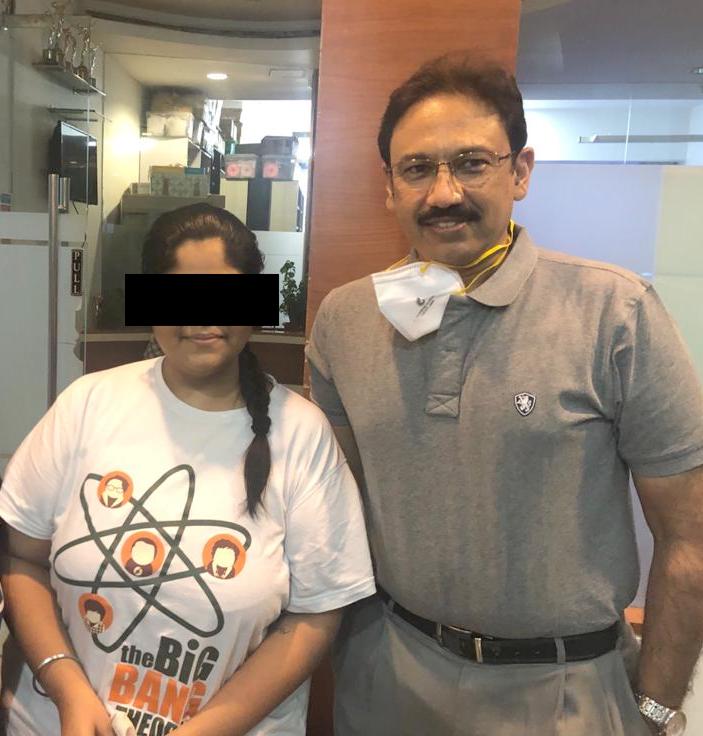Miracle recovery for 21-year old,who was dragged on road by Dumper during Covid 19 pandemic
Doctors save 21 year old Girl leg after multiple surgery
by Suman Gupta
 Pune, July 2021: A team led by Dr Parag Sahasrabudhe, Plastic and Reconstructive Surgeon at Lokmanya HSS, Pune successfully performed complex and complicated limb saving surgery on a 21 year old, road accident patient Prajakta Joshi (name changed) using a Dermal Regeneration Templates, a new technology in India to give her a new lease of life.
Pune, July 2021: A team led by Dr Parag Sahasrabudhe, Plastic and Reconstructive Surgeon at Lokmanya HSS, Pune successfully performed complex and complicated limb saving surgery on a 21 year old, road accident patient Prajakta Joshi (name changed) using a Dermal Regeneration Templates, a new technology in India to give her a new lease of life.
Prajakta Joshi (name changed) a 21 year old, underwent a massive road traffic accident because of collision with a heavy duty dumper which dragged her along the roadside leading to severe injury to her left lower limb. The entire left leg from her thighs downwards had degloving injury with loss of skin circumferentially from her lower thigh to the ankle joint. She also had severe damage to her leg muscles.
In an emergency, she was moved to a nearby hospital, where doctors told amputation of the leg. It was a shocking moment for parents. They spoke with their family doctor at their hometown, who suggested them to get a second opinion with Dr. Parag Sahasrabudhe, Plastic and Reconstructive Surgeon.
 Dr. Parag Sahasrabudhe, Plastic and Reconstructive Surgeon at Lokmanya HSS Said “Family sent us the photos of accident victim. Condition of patient leg was very bad, as there was total skin loss from mid-thigh to ankle circumferentially. It made a surgery complicated because of following reasons
Dr. Parag Sahasrabudhe, Plastic and Reconstructive Surgeon at Lokmanya HSS Said “Family sent us the photos of accident victim. Condition of patient leg was very bad, as there was total skin loss from mid-thigh to ankle circumferentially. It made a surgery complicated because of following reasons
-
There was no skin available to cover such a large defect with exposed and open shin bone, and conventional reconstructive surgery technique( Microvascular flap surgery) was risky and inadequate to cover such a large wound.
-
Patient was morbidly obese.
-
The blood circulation in the limb was compromised and zone of injury was wide hence microsurgical reconstruction was risky.
-
There was severe contamination in the wound by mud, stones, grease etc. which could have led to infection and eventually amputation of the leg.

